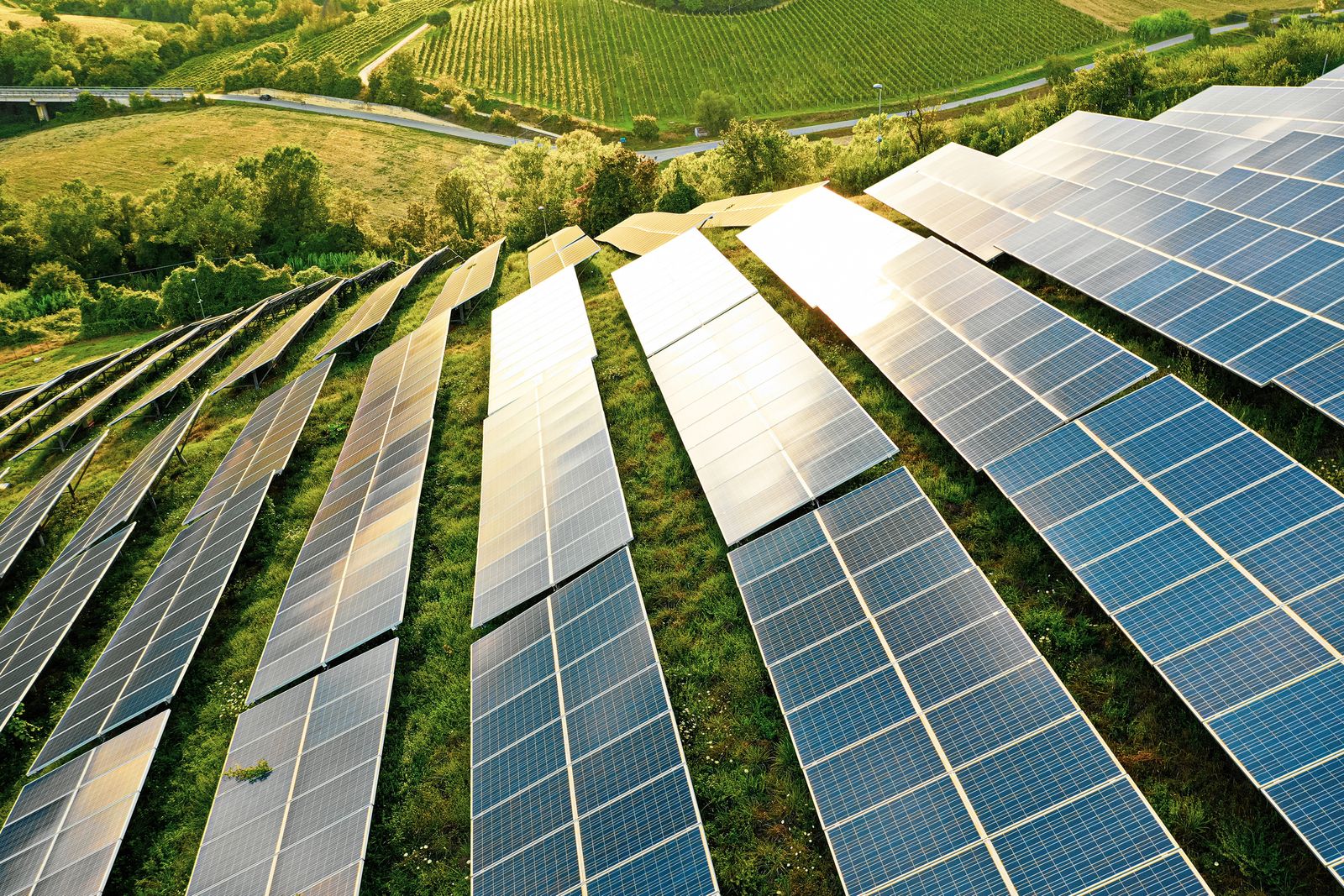Lighting the Future: Solar Photovoltaic Market on Course to Soar Beyond USD 578 Billion by 2032
The market is projected to grow from about USD 289.6 billion in 2023 to roughly USD 578.2 billion by 2032, representing a compound annual growth rate of approximately 8.3%.

The global solar photovoltaic (PV) market is poised for remarkable expansion in the coming decade, driven by a confluence of technological advances, policy momentum, and mounting urgency around decarbonization. The market is projected to grow from about USD 289.6 billion in 2023 to roughly USD 578.2 billion by 2032, representing a compound annual growth rate (CAGR) of approximately 8.3%.
In this article, we explore what is behind this growth trajectory, key segments and geographies to watch, the challenges that could temper expansion, and how stakeholders—from governments to investors to consumers—can position themselves for the transition.
Growth Drivers: Why Solar PV Is Gaining Speed
Several factors are combining to accelerate the solar PV market:
Falling Costs, Rising Efficiency
The cost of PV modules and balance-of-system components has steadily declined, making solar installations more economically viable across residential, commercial, and utility-scale segments. At the same time, panel efficiencies are improving through technologies such as bifacial modules and advanced cell materials, allowing greater energy yield per square meter.
Favourable Policy & Regulatory Support
Governments worldwide are introducing ambitious renewable energy targets, feed-in tariffs, tax incentives, subsidies, and mandates for solar installations on new buildings. These frameworks create a supportive policy backdrop that encourages solar adoption across sectors.
Energy Access and Decentralization
In emerging markets and remote regions, off-grid and micro-grid solar PV systems are enabling electrification in areas with limited access to traditional grids. This decentralization of power generation expands the addressable market for PV technology.
Corporate Sustainability Commitments
Many companies are embracing net-zero goals and seeking to procure clean electricity. Solar PV installations—whether rooftop systems on factories or large ground-mounted arrays—are becoming a go-to solution for corporate decarbonization. This trend is boosting demand in the commercial and industrial segment.
Regional Momentum—Especially in Asia-Pacific
The Asia-Pacific region is expected to capture a significant share of global demand due to abundant solar irradiation, rising electricity needs, and proactive national renewable energy policies.
Segmentation & Highlights: Where the Growth Will Come From
Breaking down the market provides insight into key opportunities:
By Mounting Type: Rooftop installations across residential and commercial buildings are expected to grow at a healthy pace, driven by incentives and space optimization in urban areas. Ground-mounted utility-scale installations will continue to dominate due to economies of scale and higher efficiency.
By Connectivity: On-grid PV systems will remain dominant, but off-grid applications are rapidly expanding, particularly in developing regions with unreliable grid infrastructure.
By End-Use:
Residential Segment: Growth is being fueled by household adoption, energy storage integration, and a growing desire for energy independence.
Commercial & Industrial (C&I) Segment: Strong expansion is expected as corporations invest in on-site solar to meet sustainability and cost-saving goals.
Utility Segment: The largest in terms of installed capacity, as solar farms and large solar parks contribute significantly to national grids.
Regional Overview: Where Are the Hotspots?
Asia-Pacific: Expected to lead global installations due to strong government initiatives, large-scale solar programs, and increasing private investments. China, India, and Southeast Asian nations are among the fastest-growing markets.
North America & Europe: These mature markets continue to integrate solar energy into utilities, large-scale projects, and corporate energy strategies. Supportive regulations and net-metering policies are driving continued adoption.
Middle East, Africa & Latin America: Emerging regions with high solar potential and increasing electricity demand offer strong growth opportunities, although financing and infrastructure challenges remain.
Challenges & Headwinds: What Could Slow Growth?
Even with strong fundamentals, several challenges could temper the pace of solar PV expansion:
Intermittency & Grid Integration: Solar energy production depends on sunlight availability. Without adequate storage solutions or flexible grid infrastructure, intermittency issues may limit the contribution of solar to total energy supply.
High Initial Capital Expenditure: Although costs have fallen dramatically, upfront investments can still be substantial, particularly for small-scale installations in developing economies.
Competition from Other Renewables: Wind, hydro, and emerging technologies like advanced nuclear and large-scale energy storage could compete for investment in some regions.
Supply Chain & Material Risks: Rapid demand growth can pressure global supply chains, creating potential shortages in raw materials such as silicon wafers or rare metals. Trade restrictions and logistics bottlenecks could also impact pricing.
Policy Uncertainty: Shifting government incentives or regulatory changes can create uncertainty for investors and developers. Stable long-term policy support remains critical for sustained growth.
Outlook & Strategic Implications
With the market projected to surpass USD 578.2 billion by 2032, solar PV is set to become a cornerstone of the global clean energy transition. For various stakeholders, this trajectory presents both opportunities and strategic imperatives:
Investors and Financiers: The solar PV market offers robust long-term potential, especially in utility-scale projects backed by secure power purchase agreements and supportive government policies.
Project Developers and EPC Firms: Focusing on cost optimization, hybrid PV-storage solutions, and digital monitoring technologies can enhance competitiveness and profitability.
Manufacturers: Investing in next-generation technologies such as perovskite and thin-film cells, as well as improving supply chain resilience, will be key differentiators.
Policy Makers: Governments should aim for stable regulatory frameworks, simplified permitting processes, and support for grid modernization to integrate higher shares of renewable energy.
Consumers and Corporates: Rooftop solar adoption offers energy cost savings, energy security, and sustainability benefits—making it an increasingly attractive investment for households and businesses alike.
Spotlight on India
India stands out as one of the most dynamic solar markets worldwide. Its solar energy sector is projected to grow from USD 9.87 billion in 2024 to approximately USD 33.09 billion by 2032, reflecting a CAGR of more than 16 %. With strong policy support, growing domestic manufacturing capacity, and abundant sunlight, India is well-positioned to emerge as a global solar leader.
Conclusion
The solar photovoltaic market is entering a transformative phase. The projected valuation of over USD 578 billion by 2032 underscores not only its economic importance but also its central role in the fight against climate change.
Falling technology costs, expanding applications, and global commitment to carbon neutrality are making solar energy the backbone of the next-generation energy system. Although challenges around storage, financing, and policy consistency persist, the direction is clear—the world’s energy future is increasingly powered by the sun.
Source: https://www.gminsights.com/industry-analysis/solar-photovoltaic-pv-market


